Barry McGee sheds light on ‘the other side’ of Hong Kong
The San Francisco-based artist incorporates an eclectic array of media for his first exhibition with Perrotin, from painted surfboards to hand-thrown ceramics, obsolete television sets and found objects sourced during his stay in the city
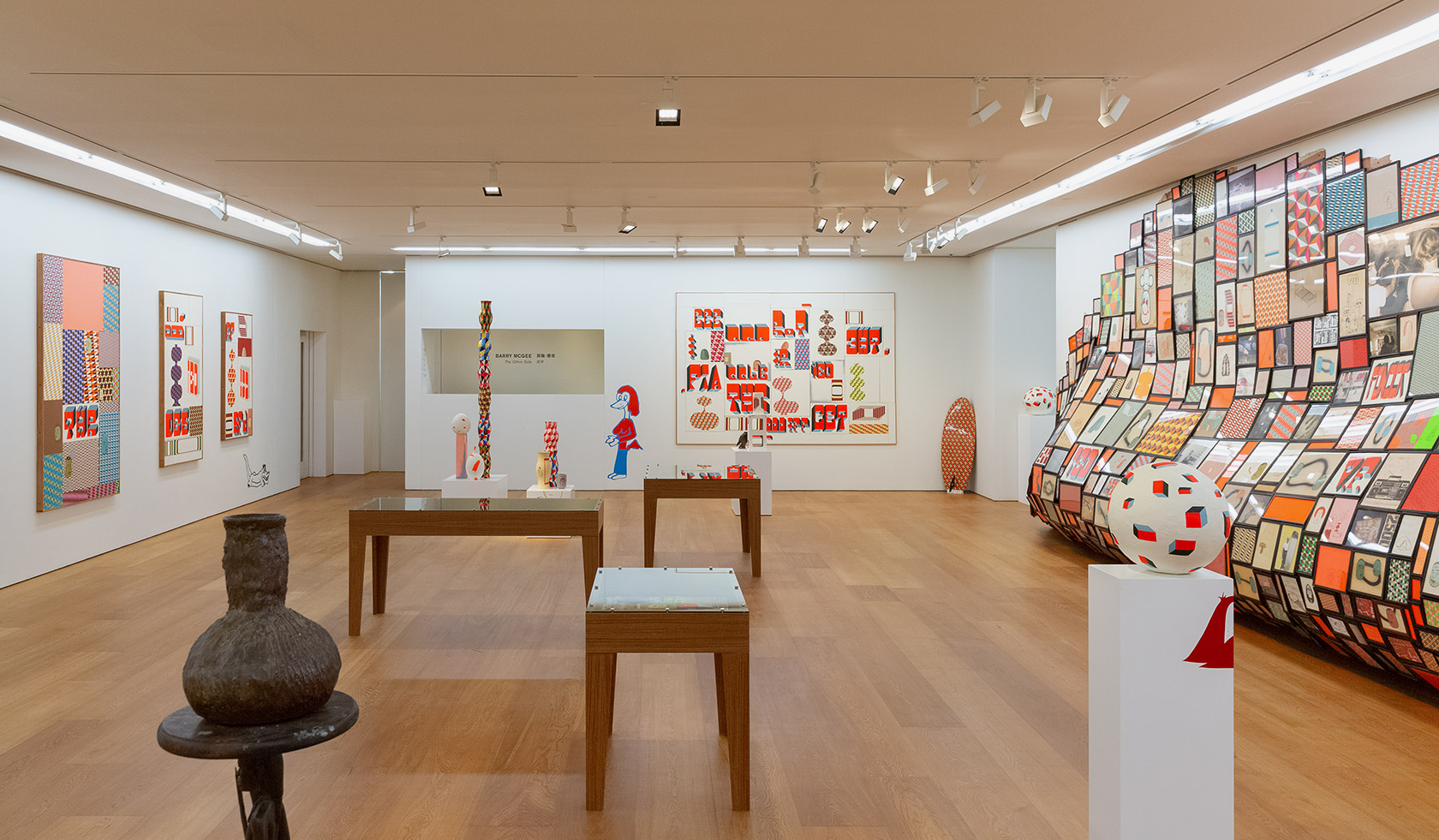
It is an interesting time for a street artist to be exhibiting in Hong Kong as protestors use the city’s streets and walls as their canvas. But this is a visual language that American artist Barry McGee, now in his early fifties, knows well. A leading member of San Francisco’s Mission School rooted in a working-class, largely Latino inner-city neighbourhood, McGee has long reflected on urban life though gritty found materials, colourful geometric prints and graphic archaic typography.
And McGee has retained his street reputation after achieving success exhibiting in galleries and museums both at home and on the international stage, where collectors are drawn to his curious juxtaposition of high and low art, rough and polished materials and found and made pieces. For his first solo exhibition in Hong Kong, McGee transformed Perrotin’s pristine outpost into an eclectic immersive installation of new and archival mixed-media works.
‘It’s a process of adjusting, eliminating and then starting again. I like things quite messy’
These include an enormous 3m by 9m bulging ‘boil’ wall sculpture of more than 400 framed works, colourful totem-like and rustic wooden sculptures, glossy painted surfboards, ceramic vessels and plates and his trademark hobo caricatures based on the people on the street of his neighbourhood.
The smallest room in the gallery (which McGee refers to as the ‘naughty room’) is a highlight with an unusual net pattern neon sign made in Portland and the words ‘Sound Wall’ in steel chains, which the artist admits he cut from a fence erected near his studio with the intention of blocking residents’ access. ‘I like a touch of anarchy,’ he says.
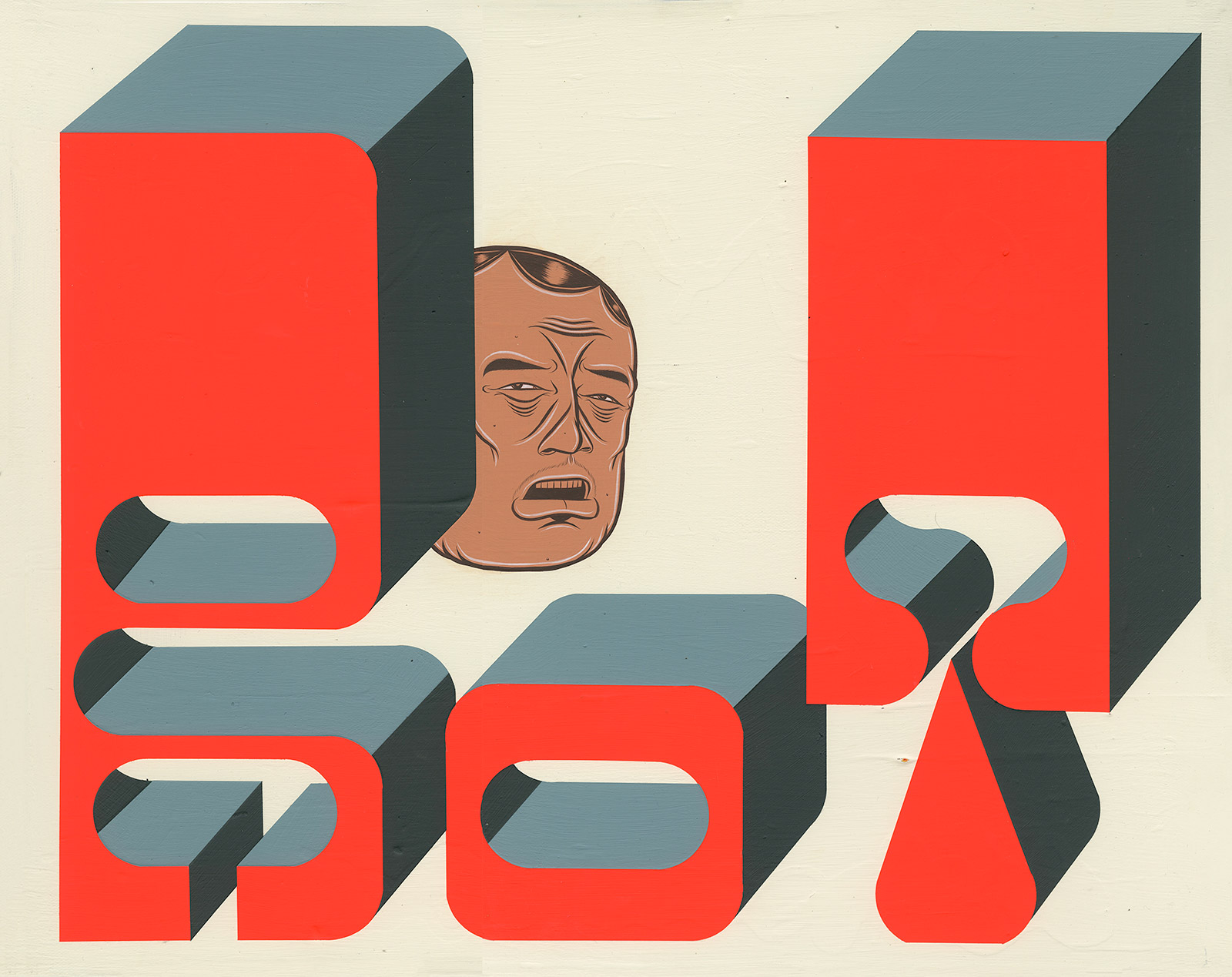
© Barry McGee. Courtesy of the artist, Perrotin, and Ratio 3, San Francisco
The installation took eight days to install and McGee made good use of his time, exploring Kowloon’s industrial districts and surfing at Big Wave Bay – substantiating the exhibition’s title ‘The Other Side’, which refers to both sides of the harbour. The artist says he had no idea how the exhibition would look until he got to Hong Kong and started arranging the pieces including bottles and plywood that he found on the local streets: ‘It’s a process of adjusting, eliminating and then starting again. I like things quite messy.’
In person McGee is quiet and shy, the opposite of his bright and colourful work. ‘I just want people who come in to feel something, like when you discover something unexpected.’ He need not worry; this is an exceptional exhibition and particularly worth visiting because McGee’s raw and honest work reminds us of the palpable sense of tension between the street and the rarefied art world.
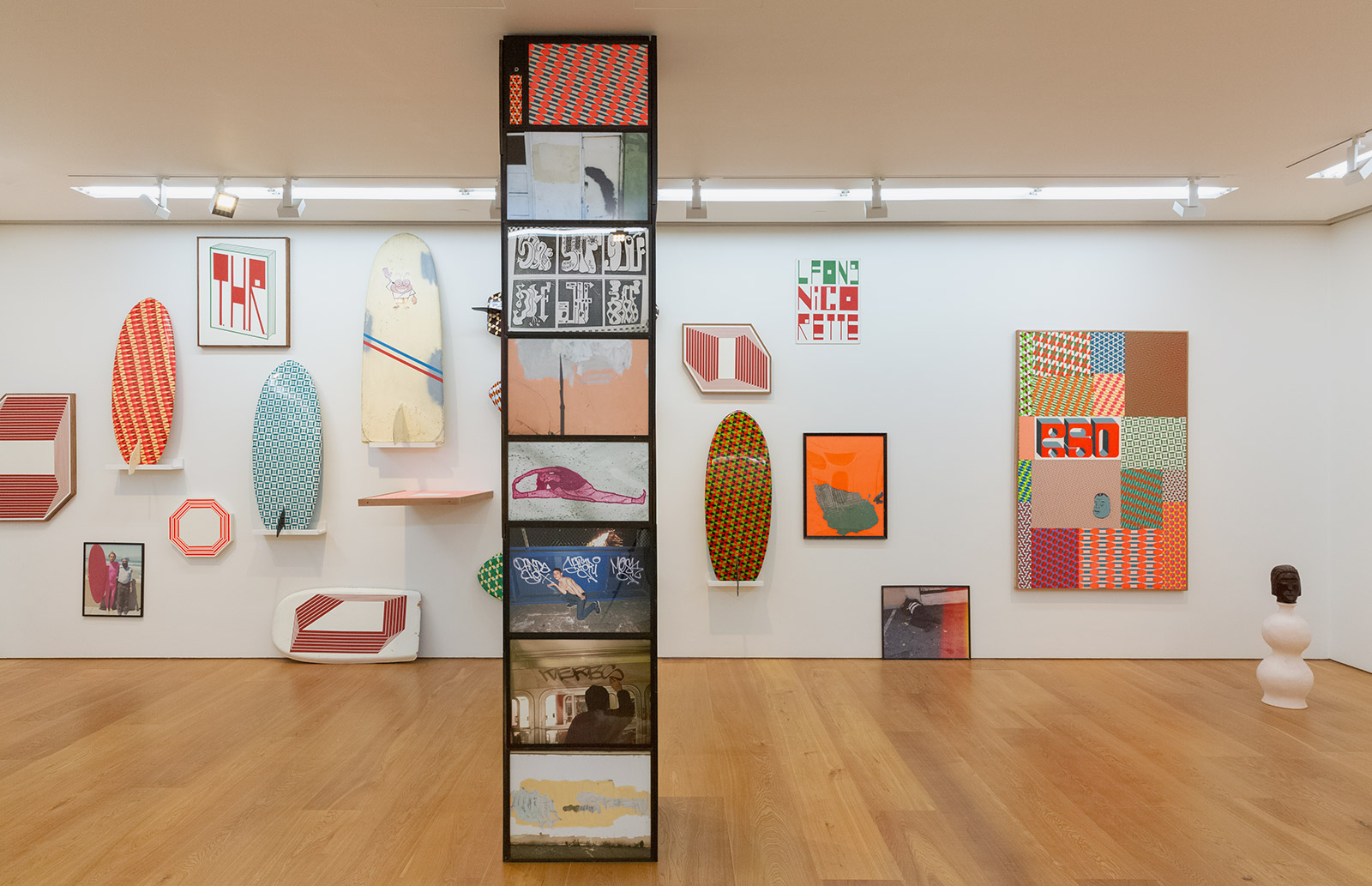
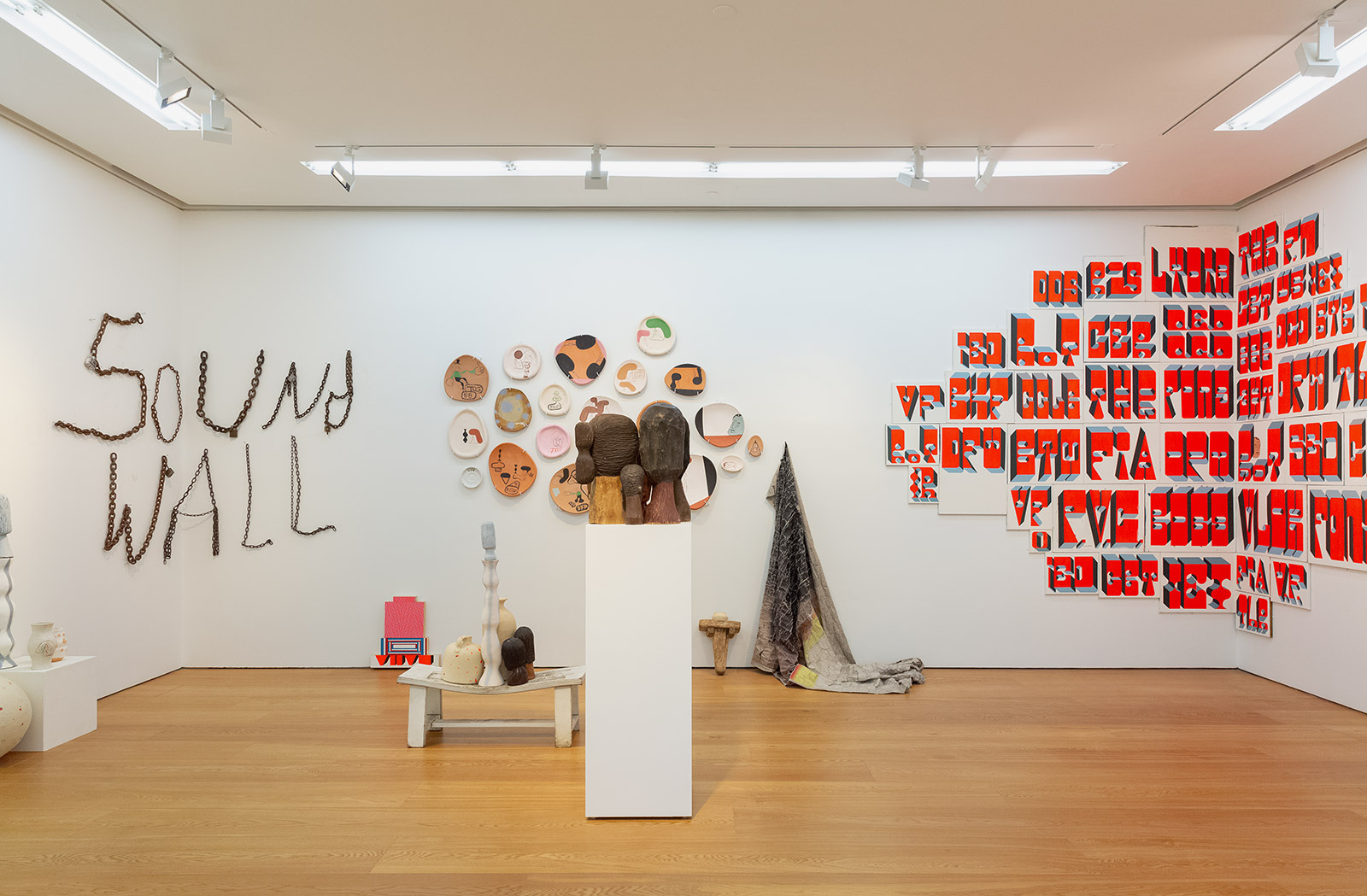
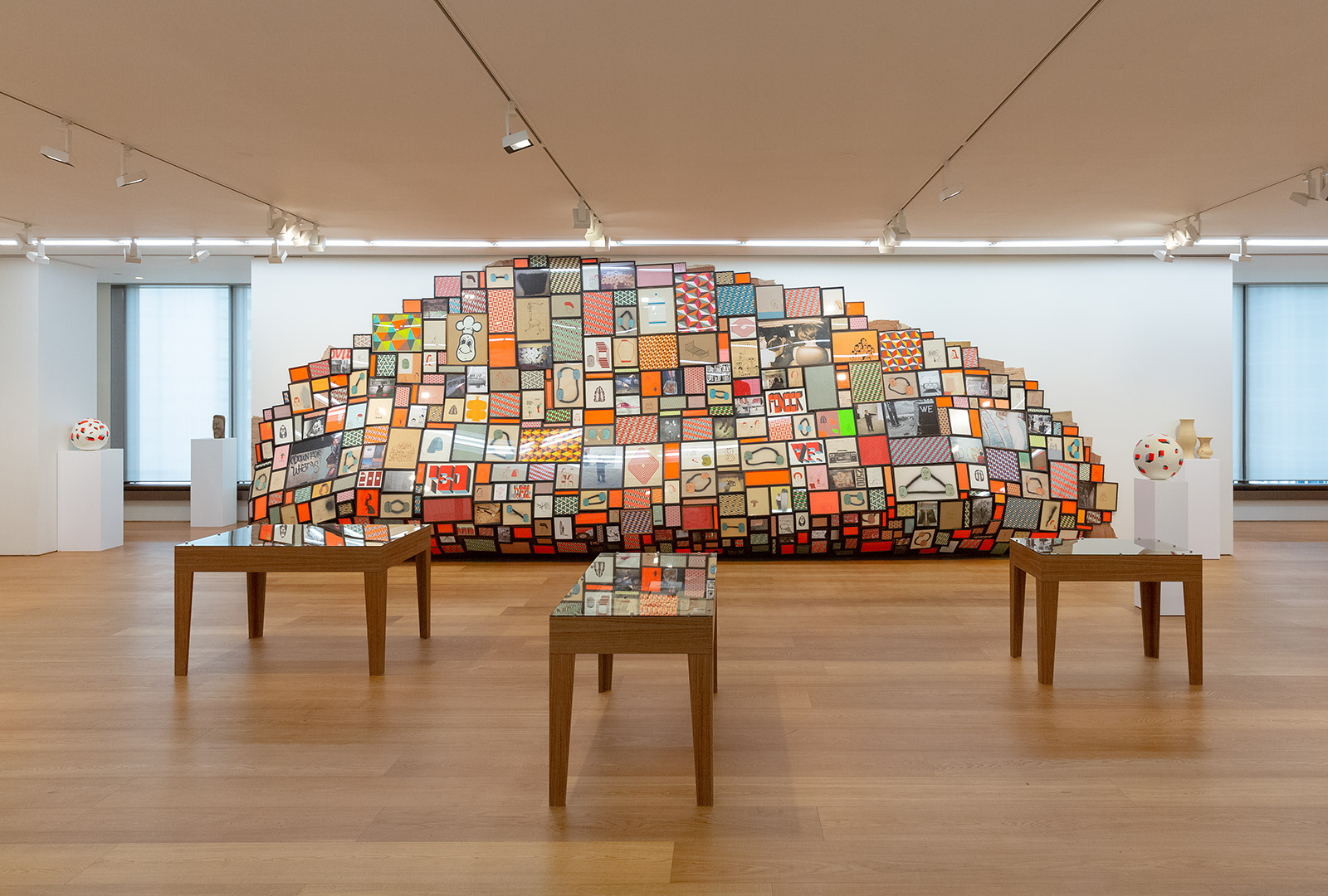
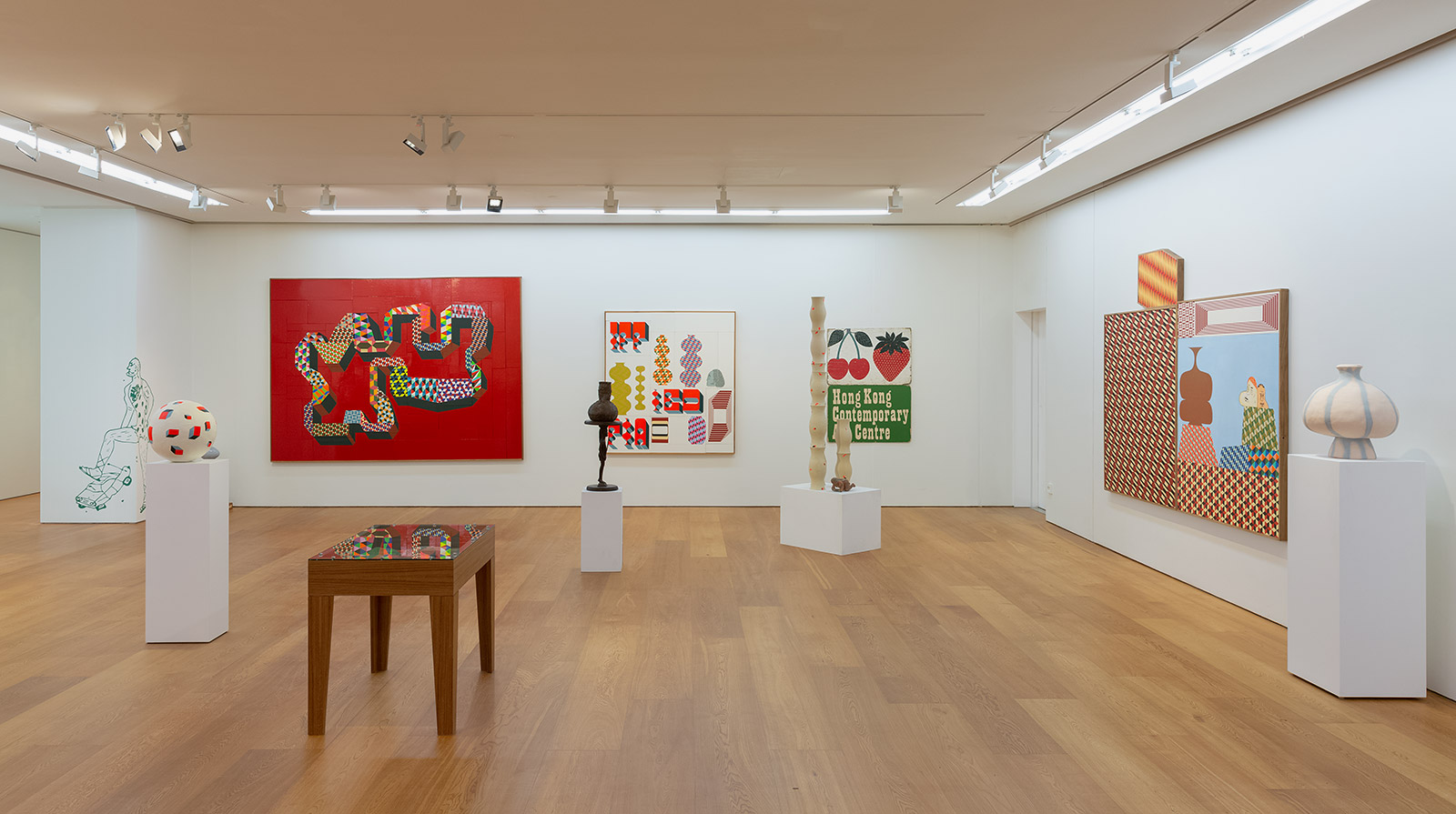
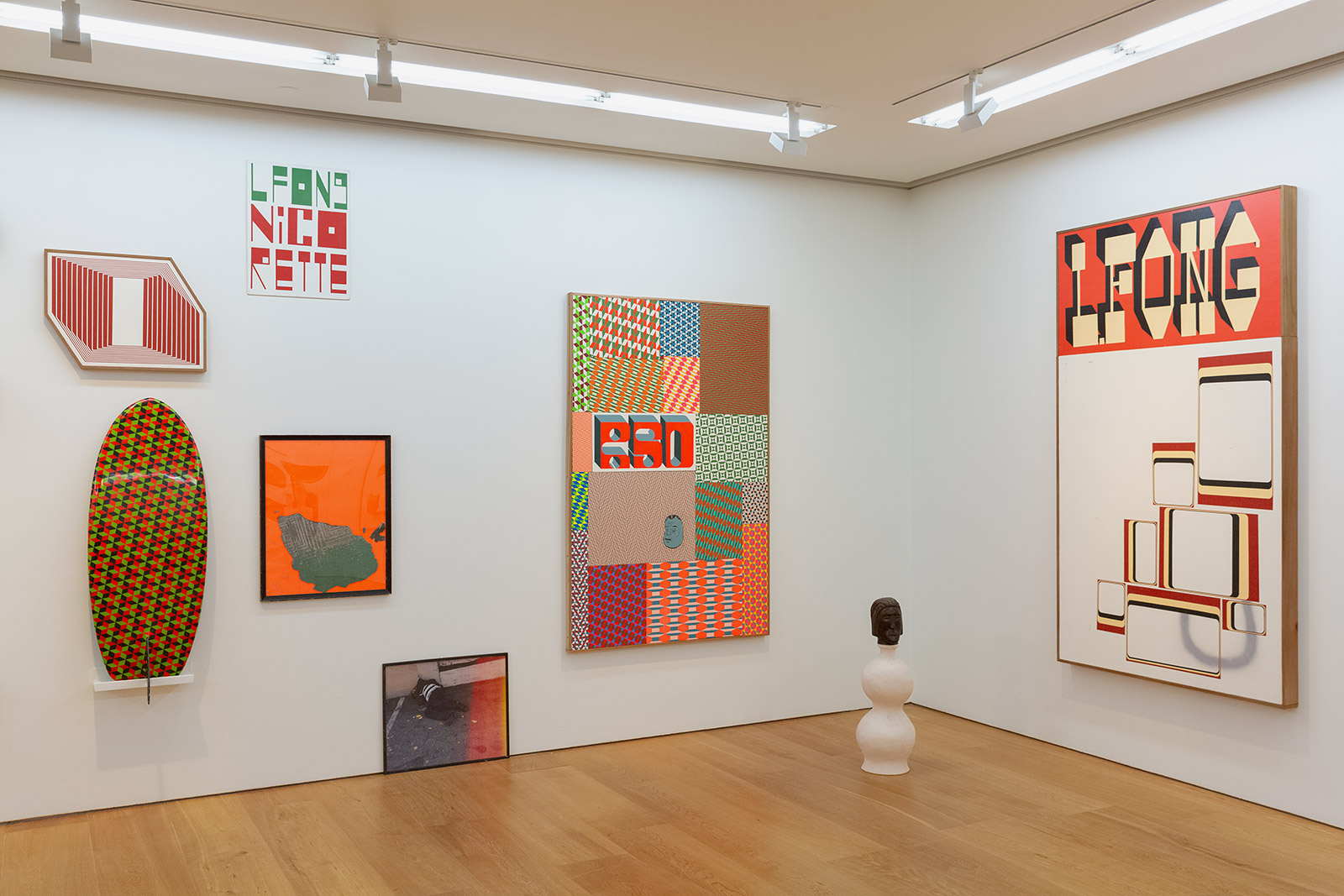
INFORMATION
‘The Other Side’, until 9 November, Perrotin Hong Kong. perrotin.com
ADDRESS
Perrotin Hong Kong
50 Connaught Road
Central
Wallpaper* Newsletter
Receive our daily digest of inspiration, escapism and design stories from around the world direct to your inbox.
Catherine Shaw is a writer, editor and consultant specialising in architecture and design. She has written and contributed to over ten books, including award-winning monographs on art collector and designer Alan Chan, and on architect William Lim's Asian design philosophy. She has also authored books on architect André Fu, on Turkish interior designer Zeynep Fadıllıoğlu, and on Beijing-based OPEN Architecture's most significant cultural projects across China.
-
 Nikos Koulis brings a cool wearability to high jewellery
Nikos Koulis brings a cool wearability to high jewelleryNikos Koulis experiments with unusual diamond cuts and modern materials in a new collection, ‘Wish’
By Hannah Silver
-
 A Xingfa cement factory’s reimagining breathes new life into an abandoned industrial site
A Xingfa cement factory’s reimagining breathes new life into an abandoned industrial siteWe tour the Xingfa cement factory in China, where a redesign by landscape specialist SWA Group completely transforms an old industrial site into a lush park
By Daven Wu
-
 Put these emerging artists on your radar
Put these emerging artists on your radarThis crop of six new talents is poised to shake up the art world. Get to know them now
By Tianna Williams
-
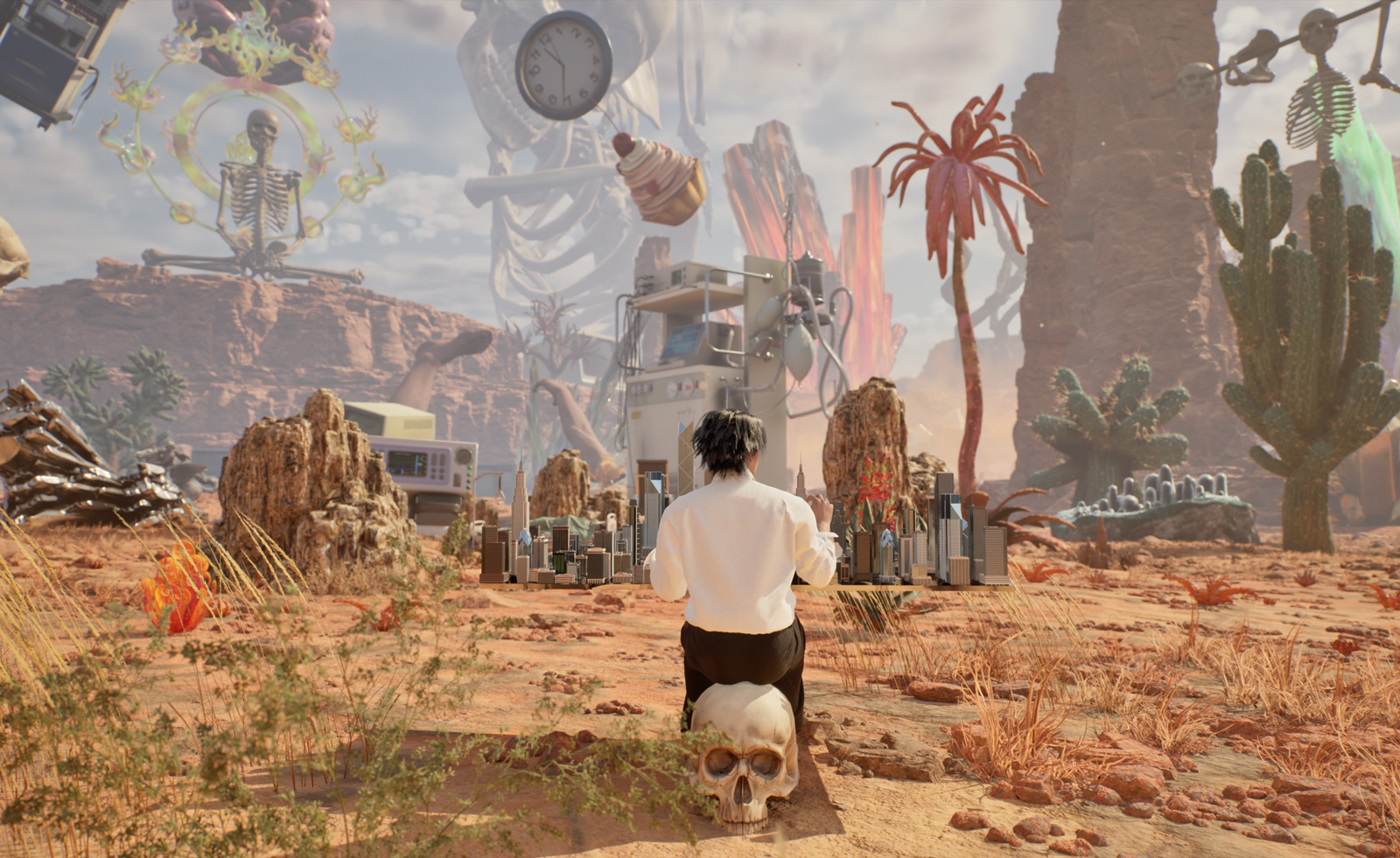 Don’t miss these five artists at Art Basel Hong Kong
Don’t miss these five artists at Art Basel Hong KongArt Basel Hong Kong – the glittering intersection of European curatorial expertise and Asia's money-fuelled art swagger – returns for its 2025 edition
By Daven Wu
-
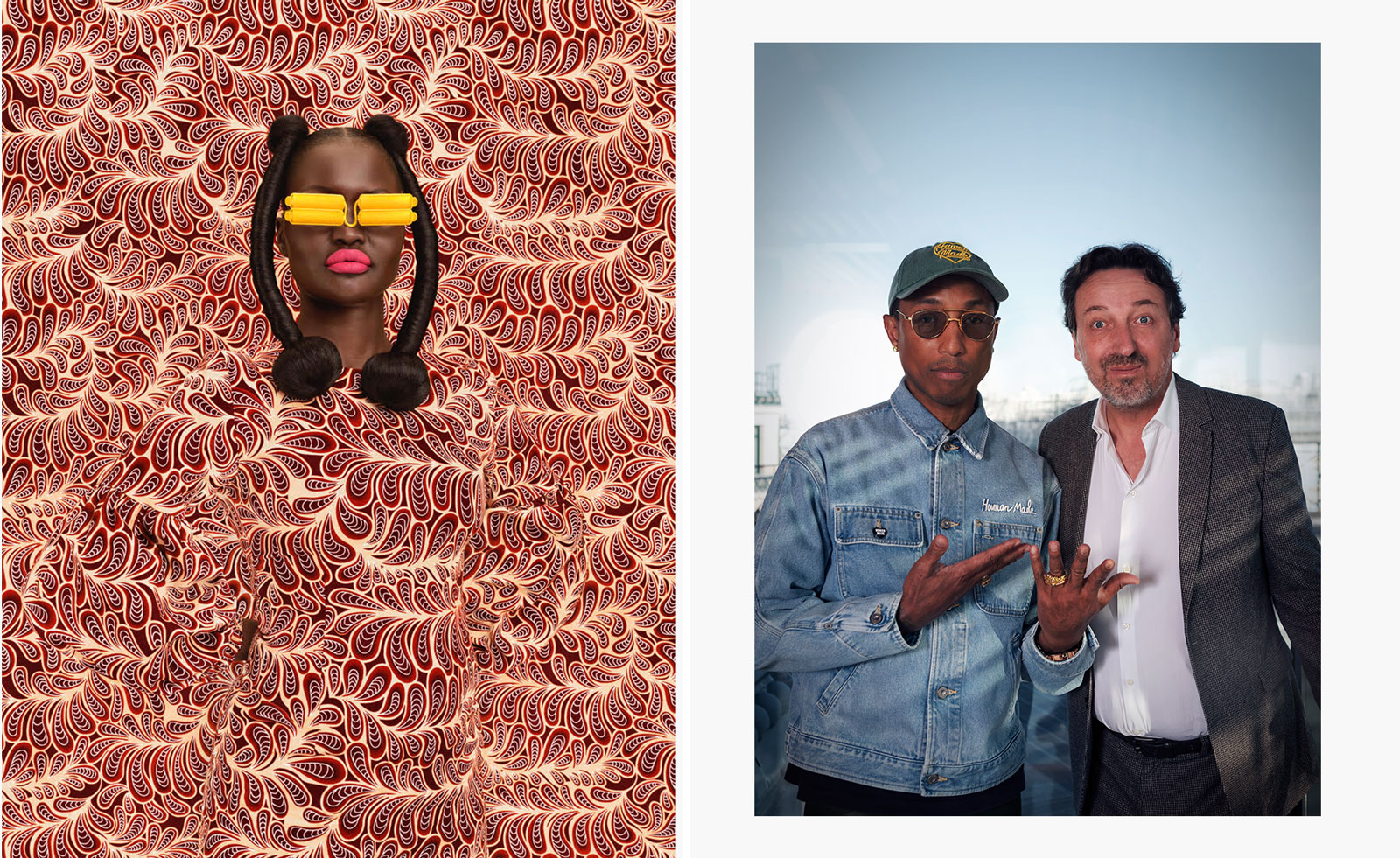 ‘The Black woman endures a gravity unlike any other’: Pharrell Williams explores diverse interpretations of femininity in Paris
‘The Black woman endures a gravity unlike any other’: Pharrell Williams explores diverse interpretations of femininity in ParisPharrell Williams returns to Perrotin gallery in Paris with a new group show which serves as an homage to Black women
By Amy Serafin
-
 What is RedNote? Inside the social media app drawing American users ahead of the US TikTok ban
What is RedNote? Inside the social media app drawing American users ahead of the US TikTok banDownloads of the Chinese-owned platform have spiked as US users look for an alternative to TikTok, which faces a ban on national security grounds. What is Rednote, and what are the implications of its ascent?
By Anna Solomon
-
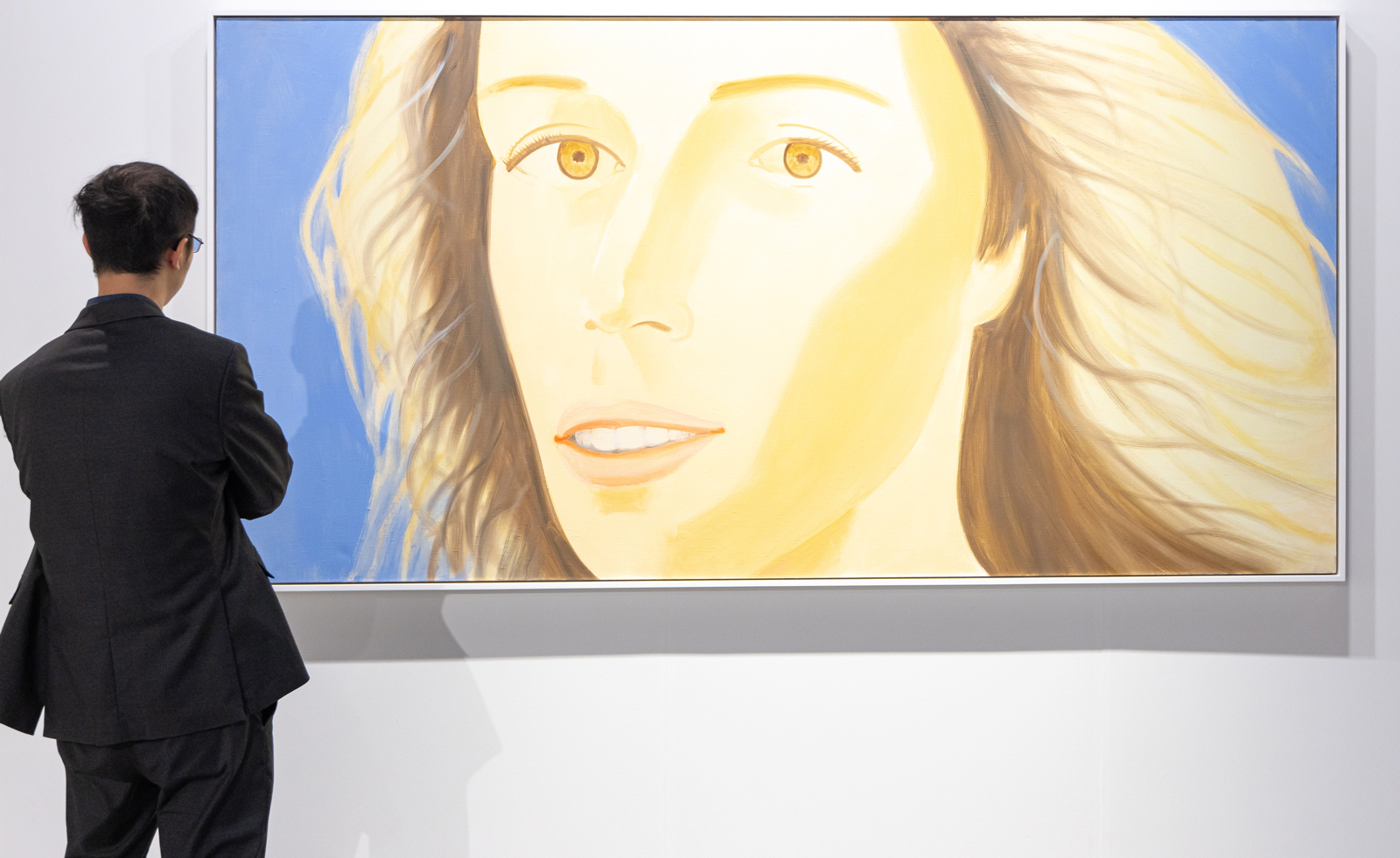 Art Basel Hong Kong 2024: what to see
Art Basel Hong Kong 2024: what to seeArt Basel Hong Kong 2024 sees the fair back bigger and better than ever. Navigate the highlights with our guide
By Lauren Ho
-
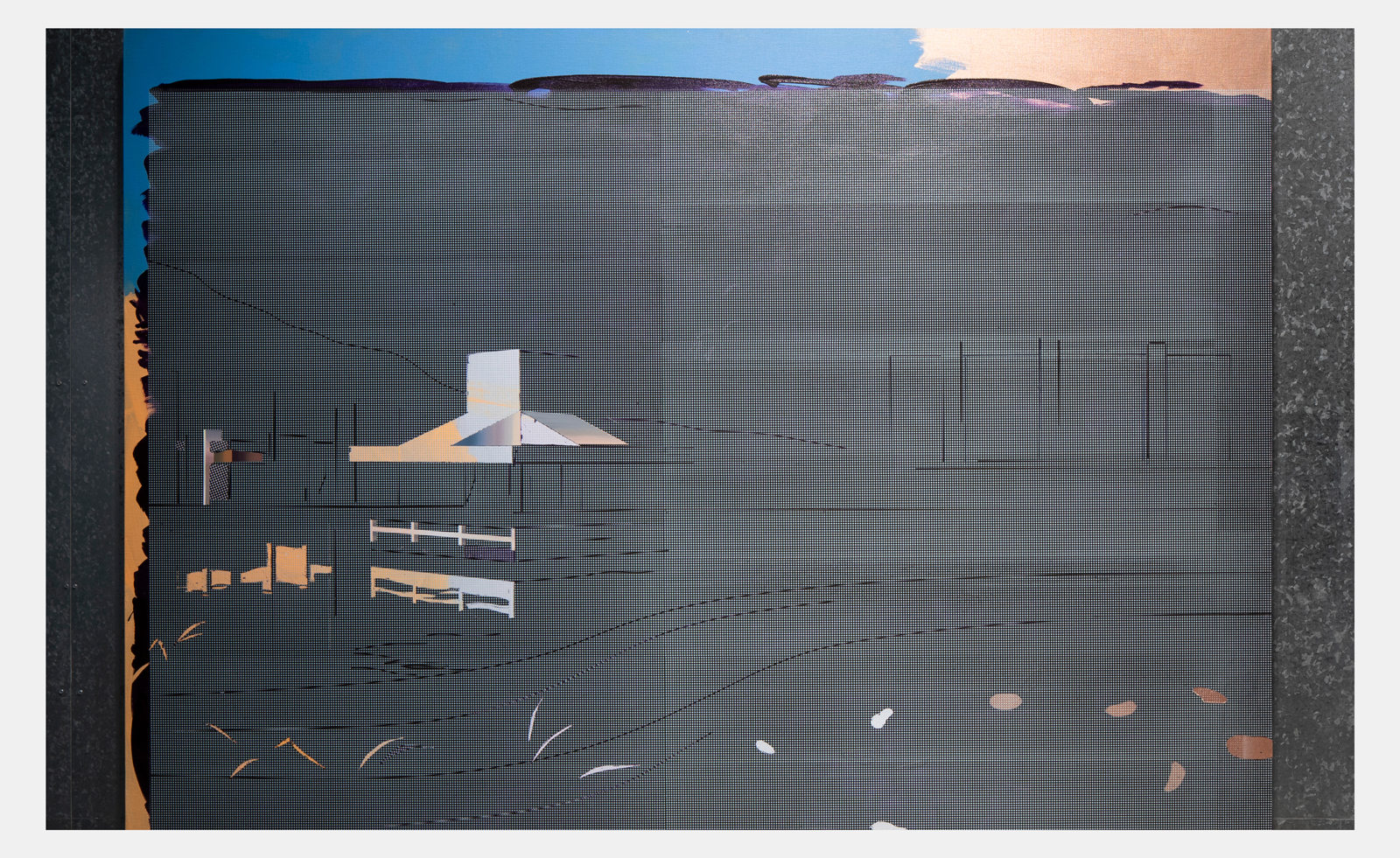 Cui Jie revisits past utopian architectures in her retro-futuristic cityscapes
Cui Jie revisits past utopian architectures in her retro-futuristic cityscapesCui Jie responds to the ‘Cosmos Cinema’ theme of the Shanghai Biennale 2023
By Finn Blythe
-
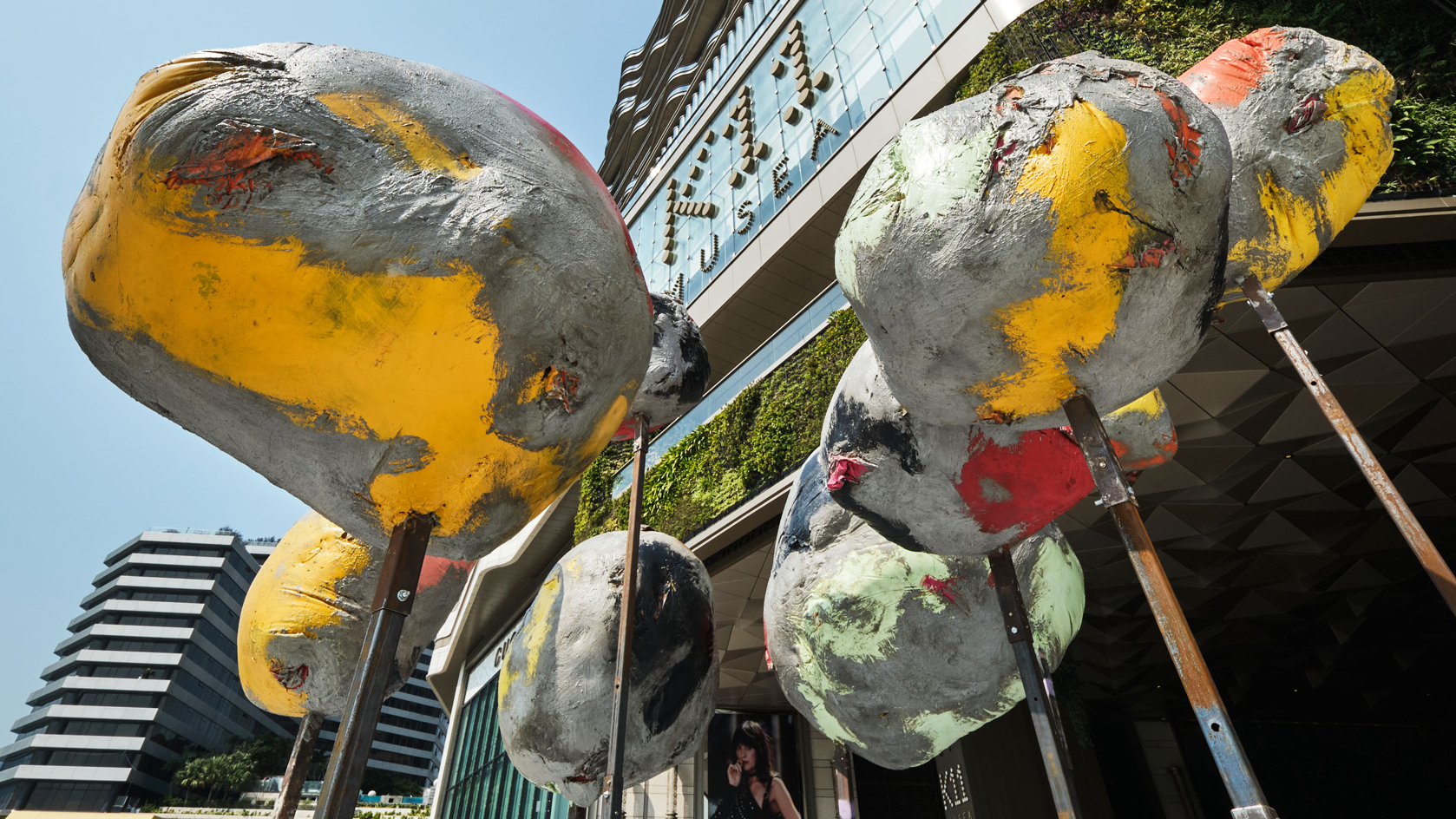 Art Basel Hong Kong 2023: can the city’s art scene bounce back?
Art Basel Hong Kong 2023: can the city’s art scene bounce back?Art Basel Hong Kong 2023 is about to kick off following years of restrictions. Catherine Shaw explores what we can expect in and around this year’s fair (23-25 March 2023), and whether Hong Kong can bounce back to reclaim the title of ‘Asia’s art hub’
By Catherine Shaw
-
 Yayoi Kusama on love, hope and the power of art
Yayoi Kusama on love, hope and the power of artThere’s still time to see Yayoi Kusama’s major retrospective at M+, Hong Kong (until 14 May). In our interview, the legendary Japanese artist vows to continue to ‘create art to leave the message of “love forever”’
By Megan C Hills
-
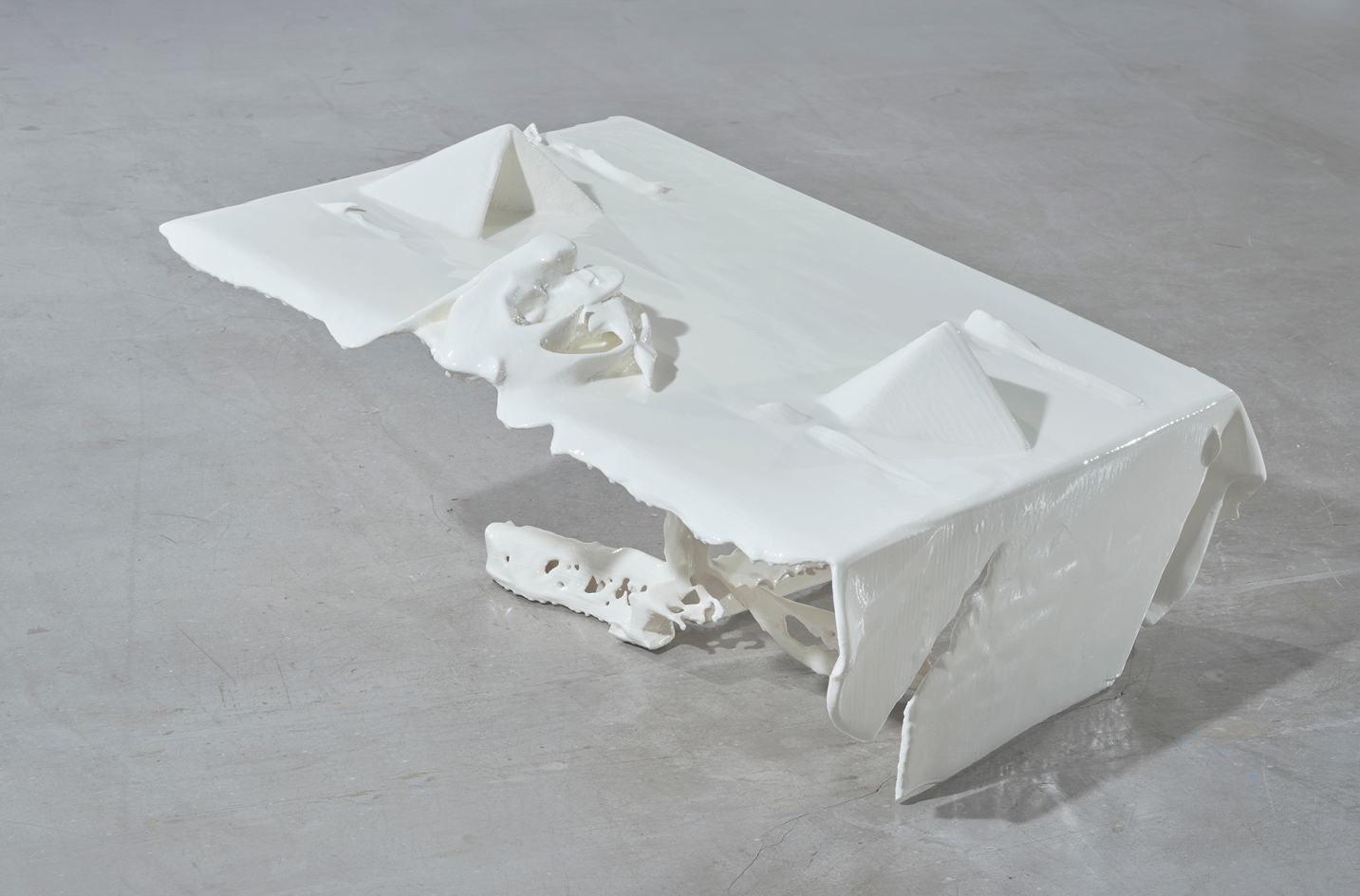 Homoerotic paper cuttings and 3D-scanned Chinese restaurants tell stories of Asian migration
Homoerotic paper cuttings and 3D-scanned Chinese restaurants tell stories of Asian migrationIn Hong Kong, stories of Asian migration take over Blindspot Gallery in group show, ‘Soy Dreams of Milk’
By Megan C Hills